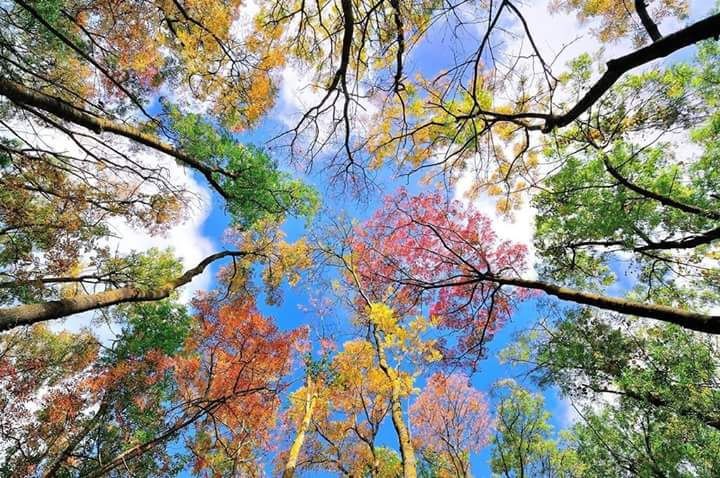Nature has been a source of inspiration for artists, architects, and designers for centuries. Its infinite diversity and intricate beauty offer a wealth of ideas that can be translated into innovative designs. Here’s a guide on how to draw inspiration from natural features to create new and compelling designs.
Observation and Exploration
The first step in drawing inspiration from nature is to observe and explore the natural world. Spend time in different environments, such as forests, mountains, oceans, and deserts, to experience a variety of natural elements.
Tips
- Carry a sketchbook or camera to capture interesting shapes, patterns, colors, and textures.
- Pay attention to details such as the structure of leaves, the flow of water, and the formation of rocks.
- Visit botanical gardens, nature reserves, and national parks to see diverse ecosystems.
Biomimicry
Biomimicry involves studying nature’s models, systems, and processes to solve human problems. By mimicking nature’s solutions, designers can create efficient, sustainable, and innovative designs.
Examples
- Velcro was inspired by the way burrs stick to animal fur.
- The aerodynamic design of the Shinkansen Bullet Train in Japan was influenced by the shape of a kingfisher’s beak.
Tips
- Identify natural phenomena or organisms that solve similar problems to those you face in your design process.
- Research how these natural solutions work and how they can be adapted to your needs.
Patterns and Textures
Nature is full of patterns and textures that can be incorporated into design. From the spirals of a seashell to the fractal patterns of snowflakes, these natural elements can add complexity and beauty to your creations.
Examples
- Using the honeycomb structure for lightweight yet strong materials.
- Incorporating leaf venation patterns in architectural designs for aesthetics and structural integrity.
Tips
- Analyze patterns and textures in nature and consider how they can be abstracted or directly used in your design.
- Experiment with different materials and techniques to replicate natural textures.
Color Palettes
Nature offers a vast array of colors, from the vibrant hues of a tropical reef to the muted tones of a desert landscape. Using natural color palettes can bring harmony and balance to your designs.
Examples
- Designing interior spaces with color schemes inspired by a forest in autumn.
- Creating fashion collections based on the colors of a coral reef.
Tips
- Use color theory to understand how natural colors work together and how they can evoke certain emotions.
- Collect natural objects, like leaves or flowers, to study their colors and how they change under different lighting.
Forms and Shapes
Natural forms and shapes are often unique and efficient, providing a wealth of inspiration for innovative designs. From the streamlined shape of a dolphin to the geometric precision of a crystal, these forms can inform your design choices.
Examples
- Furniture designs inspired by the organic shapes of trees and branches.
- Architectural elements based on the spiral shape of a nautilus shell.
Tips
- Create sketches or 3D models of natural forms to explore their potential in your designs.
- Consider both the aesthetic and functional aspects of natural shapes.
Sustainable Design
Nature operates on principles of sustainability, using resources efficiently and recycling waste. By adopting these principles, designers can create eco-friendly and sustainable products.
Examples
- Designing buildings with natural ventilation systems inspired by termite mounds.
- Using biodegradable materials and renewable resources in product design.
Tips
- Study ecosystems to understand how they maintain balance and sustainability.
- Apply these principles to your designs to minimize environmental impact.
Interdisciplinary Collaboration
Collaborating with experts from various fields, such as biology, ecology, and environmental science, can provide deeper insights into how natural systems work and how they can be emulated in design.
Tips
- Attend workshops, seminars, and conferences on biomimicry and sustainable design.
- Partner with scientists and researchers to gain a multidisciplinary perspective on your design challenges.
Drawing inspiration from nature involves more than just mimicking its aesthetics; it requires an understanding of the underlying principles that make natural designs so effective. By observing and exploring the natural world, utilizing biomimicry, incorporating natural patterns, colors, and forms, and embracing sustainability, designers can create innovative, beautiful, and functional designs. Nature offers an endless source of inspiration, waiting to be explored and adapted to human creativity.

